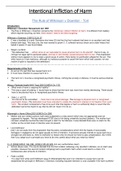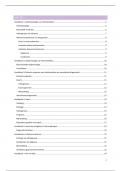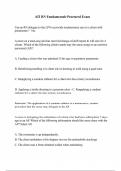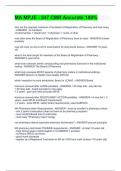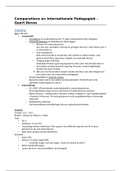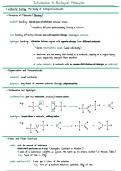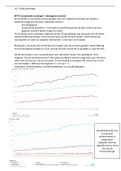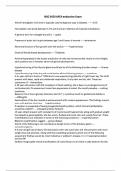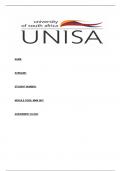College aantekeningen
Tort Law: Wilkinson v Downton Notes
- Vak
- Instelling
- Boek
This document contains all the necessary lecture and textbook notes for the topic of Wilkinson v Downton under Trespass. Covers the requirements, the Harassment Act 1997, refences and remedies.
[Meer zien]
